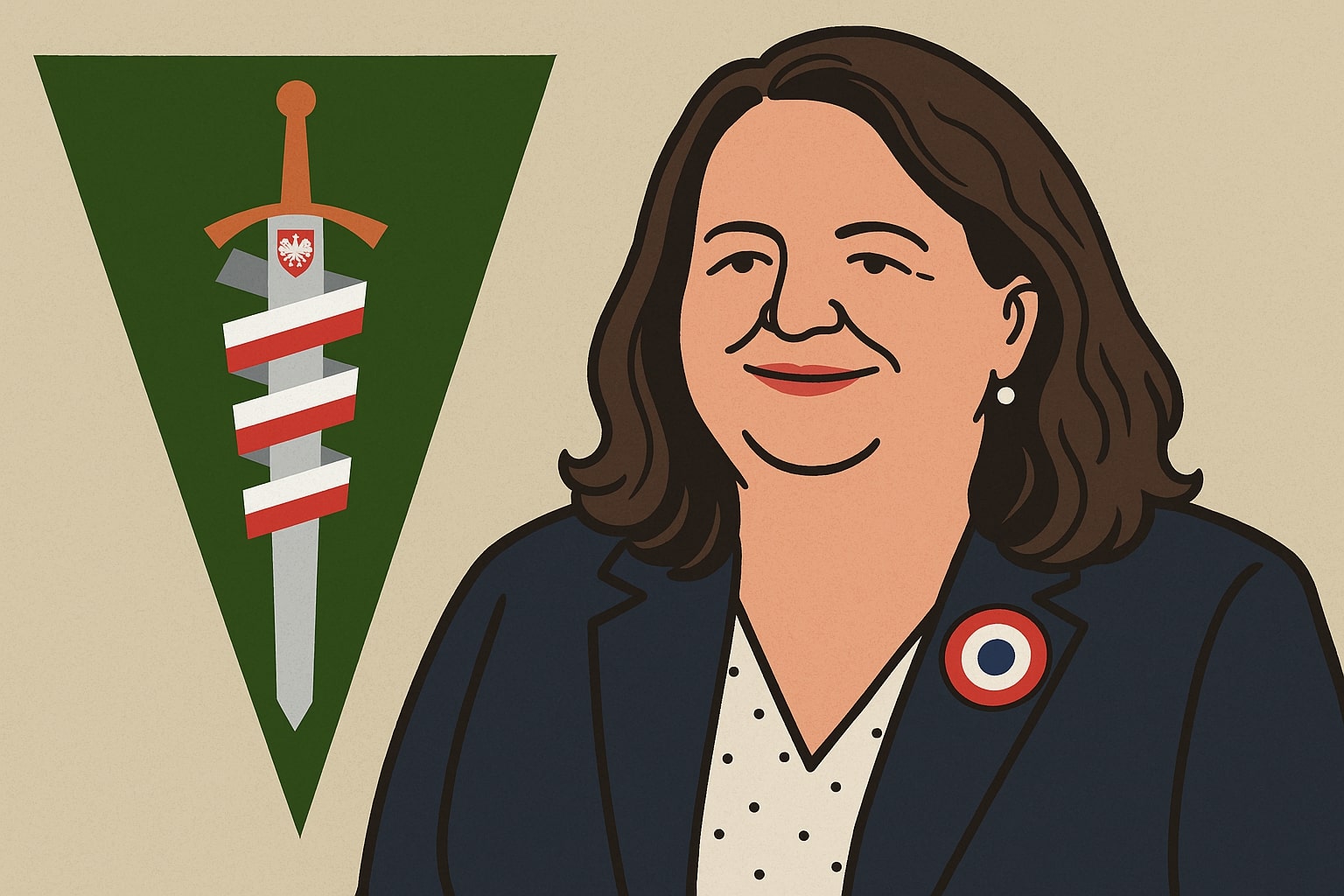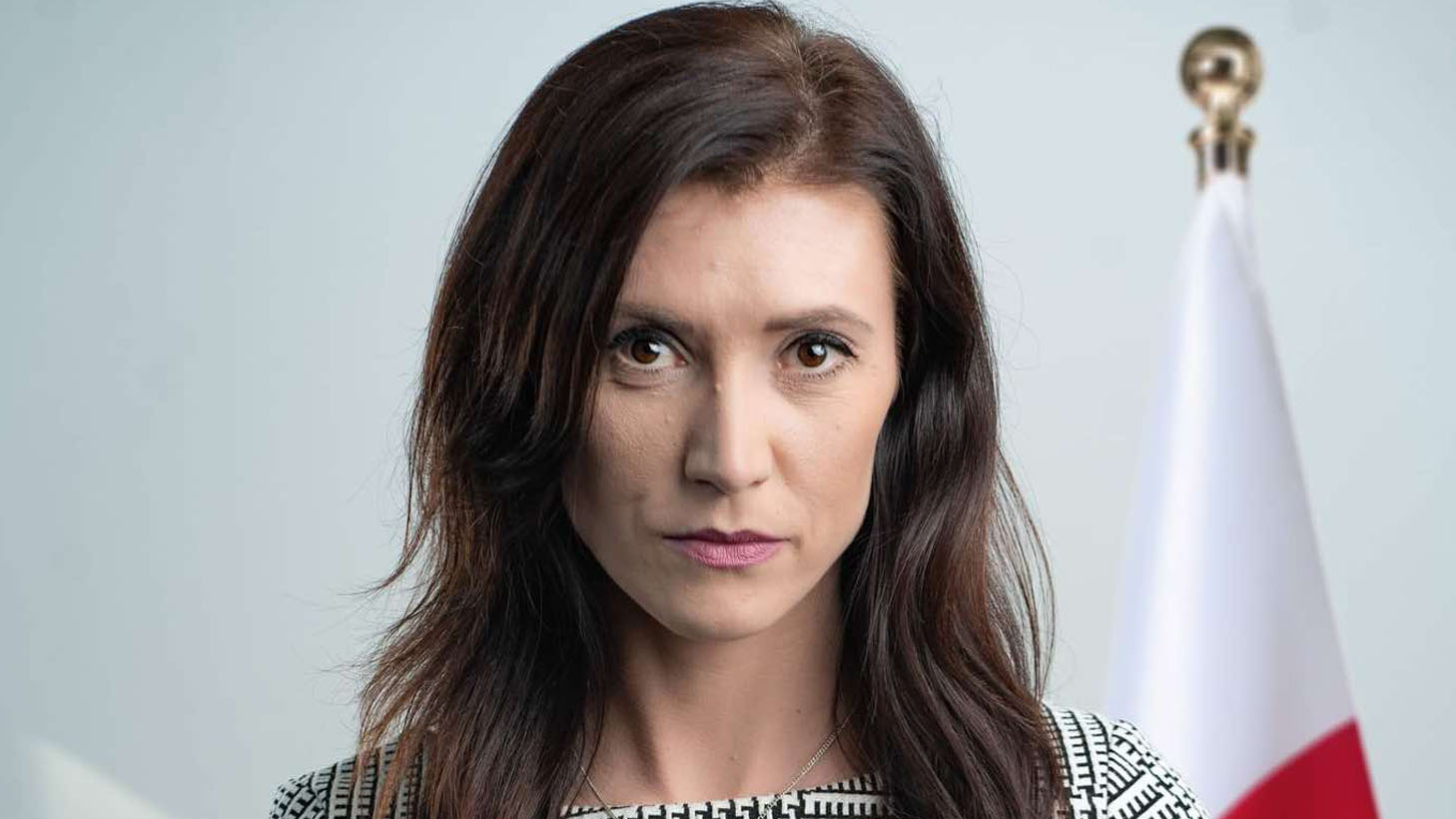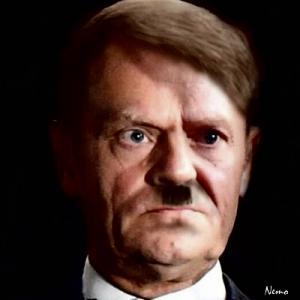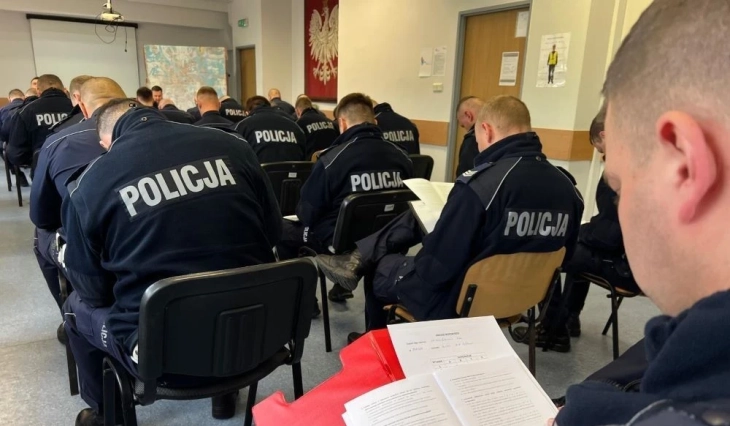The final paper of the Synod on Synodality was announced on Saturday 26 October. He was accepted by Pope Francis, and in this sense he made his own, as stressed during a press conference in the Vatican Cardinals curial.
The text is comparatively long, has over 50 pages and touches a large number of different threads. In the following fewer paragraphs, I would like to draw attention to what seems completely crucial, that is:
– the function of women in the Church;
– decentralisation of the Church;
– changes in the liturgy.
In addition, I will point to respective another elements, specified as dialogue, synod formation for future priests and the establishment of church continental assemblies.
1. At 60. The final paper bends over the issue of women. Emphasizing their large function in both the past of salvation and in the regular life of the Church, it is called upon to "fully implement all possibilities, as already provided for in the Code of Canon Law on the function of women. The point is not to shut down different services for women where legally possible. For example, in the case of Poland, the aim would be to increase the number of altar students in parishes, as well as acolytes or speakers.
At the same point, it is besides noted that it is essential to remove all obstacles to women's performance "The Leadership in the Church".
Finally, there are crucial words about the deaconate: "The issue of women's access to the deaconate remains open. reflection on this must be pursued". The paper does not indicate whether it is the sacramental deaconate, meaning understood as the first degree of priesthood, or whether it is simply a fresh kind of deaconate, which would only be a service without connection with the sacrament of holiness; this means that in practice the discussion will be conducted on the full issue.
2. Point 129 states "healthy decentralisation" of the Church and o “Inculturation of Faith”so that “recognise the function of the Episcopal Conference” and "re-evaluate the institutions of the peculiar synods".
Point 134 clarifies that bishops are to be free to make decisions and to resolve matters that “does not concern the unity of the Church as regards doctrine, discipline and communion”. In the future, a survey should be carried out on precisely what competences can be reserved for the Pope (reservatio papalis) and which can be given to bishops.
Many so depend on circumstantial definitions. What's truly doctrinal? Is giving Holy Communion to divorcees or any Protestants – is it doctrinal or not? The full problem is about details, and these are just to be worked out.
However, it highlights how much diversity is said. This word falls in the final text 20 times. In point 132 the Pope is named "a warrant of unity in diversity". In paragraph 38, “unity in diversity” turns out to be “realised by Christ... and the Holy Spirit.”
“Unity in diversity is precisely what we mean by the Catholicity of the Church”, we read.
The same point further explains that diversity lies in the “pluralism of the sui iuris Churches”; in the future, the “local context, as the place where the universal cry of God is manifested and fulfilled”, points 39.
Point 124 reads about “recognise and appreciate the particularity of the context of each local Church, together with its past and tradition’; and beyond: "Synodical kind allows local churches to decision at different speeds. Differences in pace can be seen as an expression of legitimate diversity and as an chance to share gifts and common enrichment."
That's a very interesting statement., due to the fact that it may indicate ‘stabilization’ modus operandi au Amoris laetitia is Fiducia supplicans. The anticipation of progressive change (Communication for divorcees, LGBT blessing) is announced – and at the same time different local Churches can introduce it or not, depending on their “tempo”.
3. The Synod besides addressed the issue of liturgy. He proposed to reflect on change and compared Mass to... Synod Assembly.
Point 27 states that there is “a close relationship... between the Eucharistic assembly and the synod assembly. In both cases, nevertheless in various forms, Jesus' promise to be present is fulfilled where 2 or 3 are gathered in his name (Mt 18:20). [...] It is the Holy Spirit who ensures the unity of the ecclesiastical Body of Christ both in the Eucharistic assembly and in the ecclesiastical assembly. Liturgy is listening to God’s Word and responding to his covenant initiative. Similarly, the Synodal Assembly is listening to the same Word which echoes as powerfully in the signs of time as in the hearts of the faithful."
At the same point, it is stated that the relation between liturgy and synodality must now be deepened in order to aid Christian communities, in the diversity of their cultures and traditions, to adopt a celebration kind that reveals the synodical face of the Church. The Synod called for a peculiar working group was created to reflect on "the making of liturgical celebrations more synodical".
The synod document, as I pointed out above, of course has many more interesting places. For example, in point 41 there is simply a amazing dialogue. “In all place on earth Christians live side by side with people who are not baptized, but service 1 God by practicing another religion. We pray solemnly for them in the liturgy of the Holy Friday and effort to work together to build a better world, asking 1 God to free the planet from its evil. Dialogue, meetings and exchange of gifts, typical of the Synod Church, are a call to open up to relationships with another spiritual traditions, to establish friendship, peace, harmony and sharing moral and spiritual values and experiences in the spirit of fact and love."
Point 77 mentions the request to implement women to work in priestly seminars.
Point 147 provides for a "synodical formation for all baptized". The formation is to contact especially candidates for the priesthood. As point 148 says, a review should be carried out Ratio fundamentalis..., i.e. the basic paper on the education of priests, so as to give this education the "synodical" character, that is, open to the "mission" and to the "listening" and "cooperation with all in the Church".
Point 119 refers to the construction of fresh “spaces between the local Church and the universal Church”, specified as “ecclesiastical and national and continental provinces of the Church groups”. This refers us to the thought of the European Church Assembly, which has already held twice, in Prague (2023) and Linz (2024).
The final paper will be analysed for you in subsequent texts. However, it must be remembered that, as Cardinals Mario Grech and Jean-Claude Hollerich said at the press conference, this paper is only the beginning of synodality. Many decisions will be made after the pope has been presented with the work of many peculiar commissions, which make circumstantial issues.
The “Synodical improvement of the Church” is just beginning.
Paweł Chmielewski
The Synod is over. The Pope wants “diversity”. The Women's Deacon "to discuss". Changes in liturgy


















